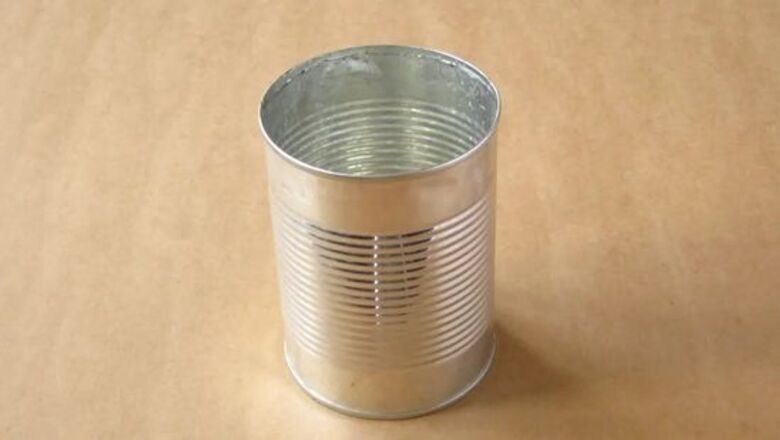
views
- Use a can that is around 3.25 to 3.75 inches (8.3 to 9.5 cm) in diameter. Slowly drill a hole in the center of the can (use the instructions below to determine exact placement).
- Insert your adapter to the tin can. The cable should have an N-female connector on one side and a small brass stub on the other.
- Screw a pigtail cable onto the adapter and connect the cable to your wifi card.
- Secure the cantenna to a tripod. Adjust for the best signal, and enjoy!
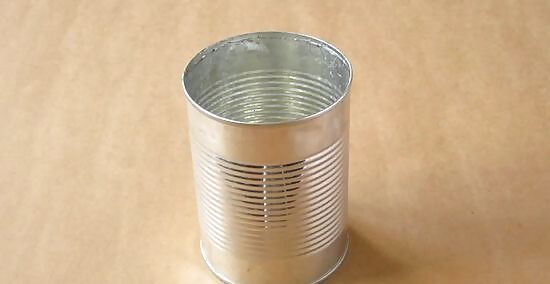
Find a can that is no more than 4 inches (10.2 cm) wide in diameter. Ideal diameter is 3.25 to 3.75 inches (8.3 to 9.5 cm). A Progresso Soup Can is a good start. Since these are DIRECTIONAL antennas, a longer can will increase range, but they decrease the angle of sweep. This helps eliminate interference, but requires you to point it more accurately. 6 to 10 inches (15.2 to 25.4 cm) long will improve signal strength (gain). You may be able to solder several cans together to improve performance.
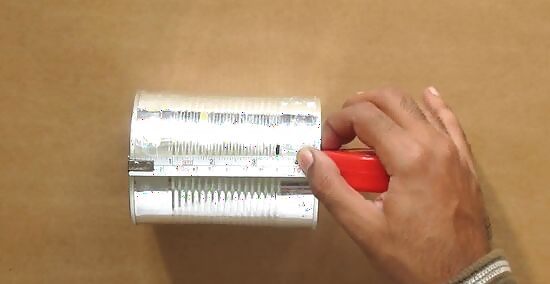
Use the table below to calculate how far you will drill the hole for placement of an N type Female Chassis-mount connector. If you use a single Progresso Soup Can it's easy; count the total number of ribs and punch the hole at exactly the CENTER RIB. One side is N-female for connecting the cable from your wireless equipment, and the other side has a small brass stub for soldering on wire. These can be found at electronics stores internet suppliers. The wire you solder should be exactly 1.21 inches (3.1 cm) tall (just a hair under 1 1/4 inches) sticking up inside the can. You may find soldering or using a small torch melts the plastic insulator in the connector. If so, remove the brass stem from the melted puddle of plastic, use a small torch to solder the wire into the brass stem, then wrap it the brass stem with 10 - 20 turns of black tape and re-insert it snuggly into the adapter, leaving the 1.21 inches (3.1 cm) of copper wire exposed.
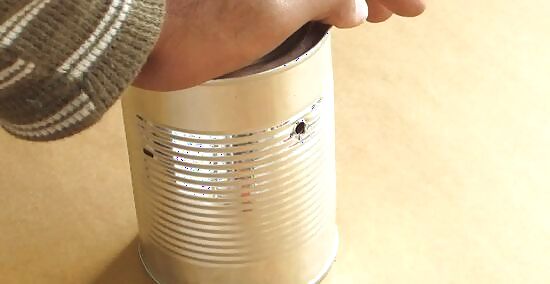
Drill a hole in the can at the correct position according to your calculation or the center rib of a Progresso Soup can. Since tin cans rip easily, a hole saw will make a mess. Use a small drill bit and then SLOWLY widen the hole slowly with a rat-tail file, a brad-point drill bit or hole saw held with pliers or vice grips, slowly working it back and forth. A power drill and a big bit will likely to destroy the can or make a poor hole.
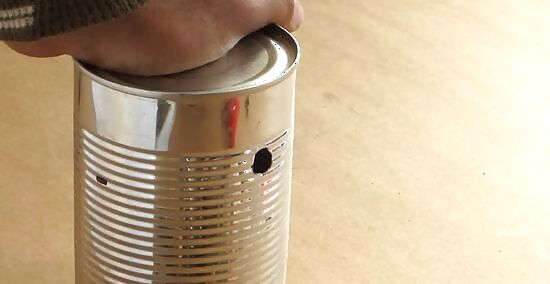
Widen the hole to accommodate the adapter.
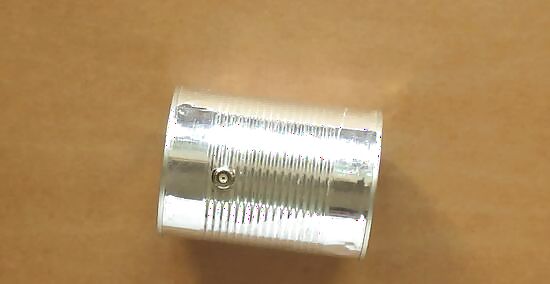
Place the adapter in the hole and secure to the can. Instead of drilling holes and screwing the adapter to the can, you can get a bit of rubber garden hose about 3/8 long, slip it over the outside end of the adapter and as you tighten the cable, the hose compresses against the can and locks the adapter in place.

Attach a pigtail cable to the adapter (a pigtail is a wire that attaches the adapter to the computer's wifi card, note you must have a compatible wifi adapter to make this work). One problem with pigtails is the wires are very thin and they just don't last long. A reliable, long lasting alternative is to go to an electronic store and assemble 2 or 3 BNC or BNC reversed connectors, eliminating wire problems. This makes the antenna easily detachable from the USB wifi card with a simple twist-lock.
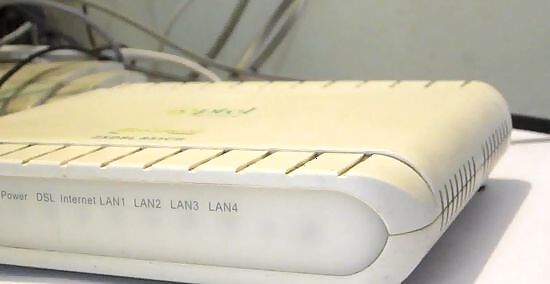
Connect the cantenna and wifi card with the pigtail or BNC connectors.
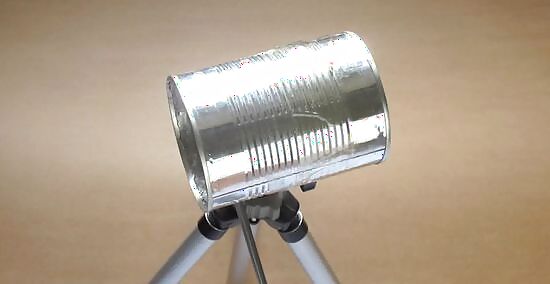
Tape cantenna to tripod or create a small, portable stand or clamp with a bit of thick wire that loops around the BNC connectors and can be easily removed and allows you to rotate the cantenna to find signals.
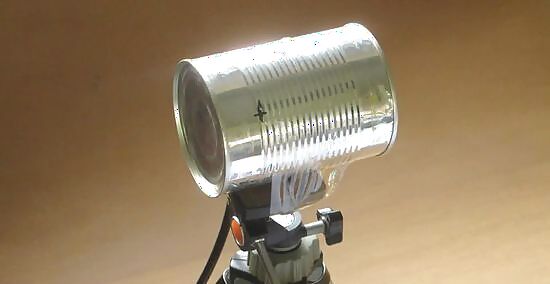
Aim at source and adjust to get the best signal. This should be much stronger than the whip antenna you had before. To improve the signal even more - much more - cut a 2 foot (0.6 m) wide by 1 foot (0.3 m) high sheet of concrete lathing screen with ⁄4 inch (0.6 cm) or smaller holes and curve it slightly to form a parabolic dish, similar to a TV satellite dish. Instead of pointing the can at the signal source, point it at your screen which points at the signal so the back of the can points at the signal. It takes a bit of adjusting to get the curve of the screen and distance to the can exactly right. You can find formulas for calculating the exact focal point or use trial and error since you will see your signal gain double or even triple when you get the curve and distance just right. You can then make a wooden or aluminum frame to hold everything together in the right position. You can also use a real satellite dish and place the cantenna at the end of the arm at the position the TV antennas (the horn) usually go.
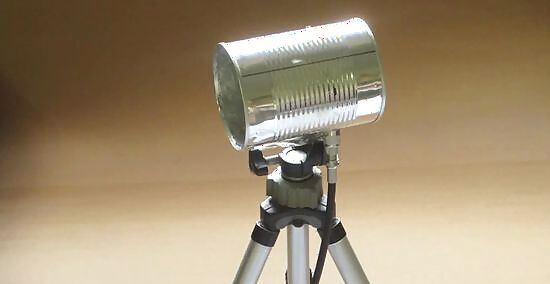
Finished.




















Comments
0 comment